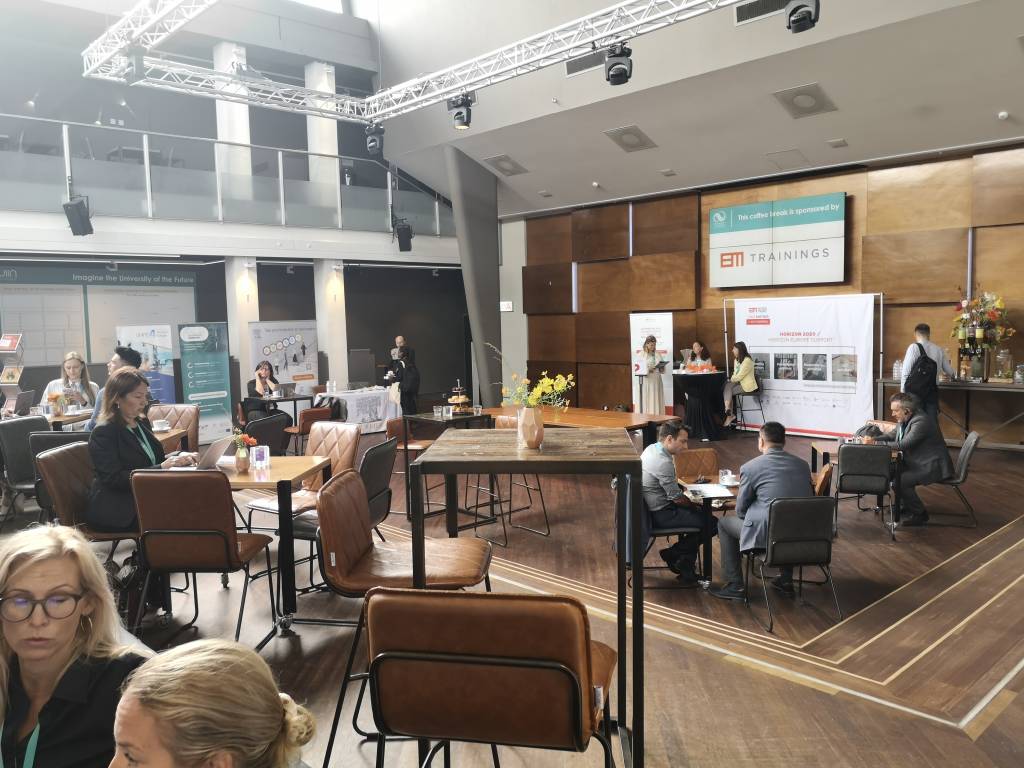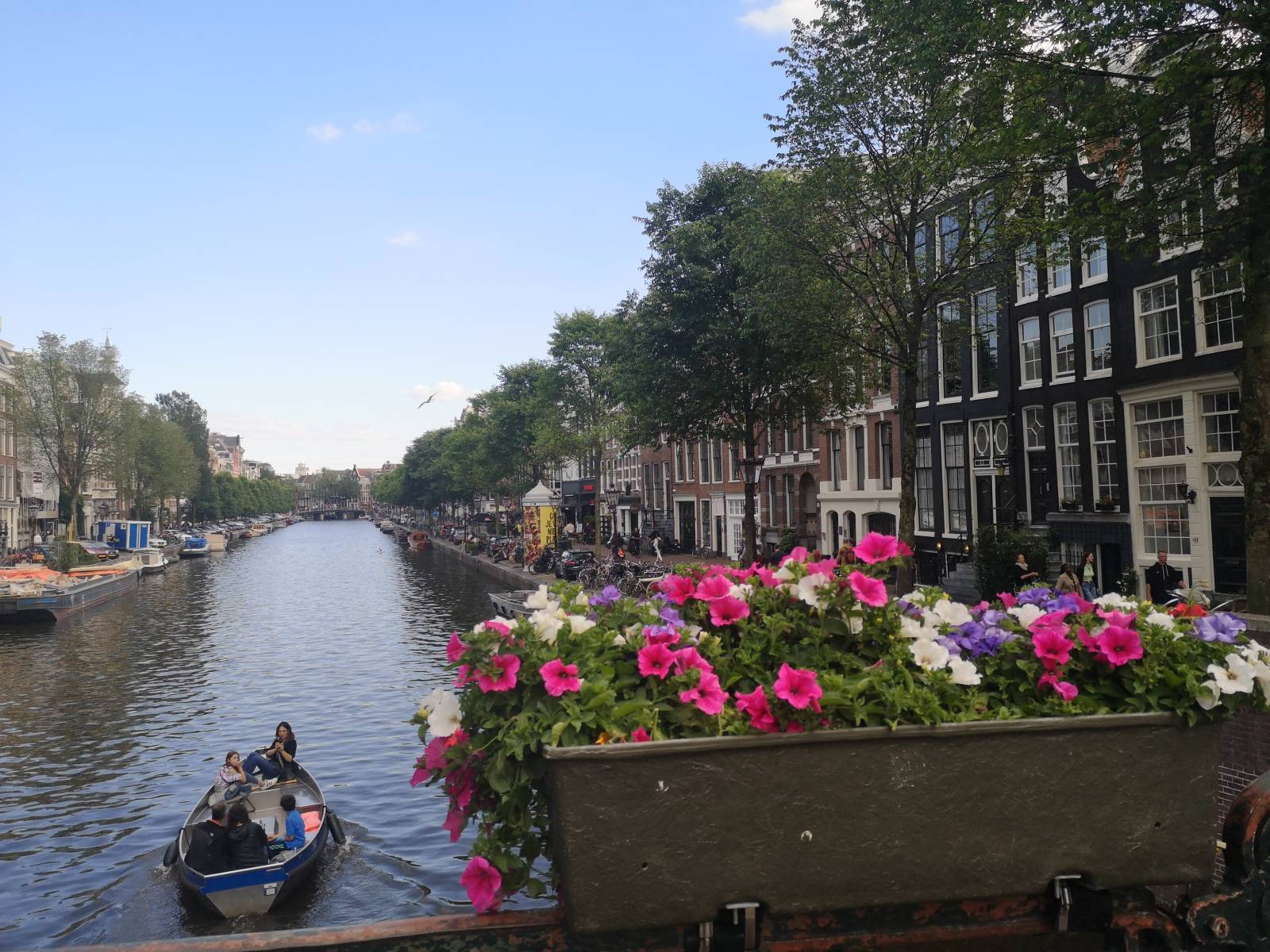Keynote panels giving fruit for thought
The daily keynote panels with prominent speakers from universities and other stakeholders highlighted topics around educational and ecosystem leadership, role of external engagement units, and research valorisation & impact. Inspiring speeches were accompanied with lively discussion and questions from the audience, paving the way for the parallel sessions and workshops of the programme as well as dialogues during the networking breaks.
Under the overreaching topics of innovative and entrepreneurial universities, the role of research and innovation infrastructures was discussed and assessed in many of the sessions. Specifically in the sessions focusing on partnering universities, the importance of these infrastructures and their essential elements of university-industry co-operation was emphasised.

Case examples regarding research and innovation infrastructures
Research and innovation infrastructures play an important part in the strategic partnership program of one of the world’s top-class universities, KTH Royal Institute of Technology in Sweden, as was presented by Dr. Johan Blaus. As a large, scientific technical university in the metropolitan area of Stockholm, KTH concentrates its strategic partnership efforts mainly on big, international corporations. How the needs and support for smaller and medium sized industries is organized, remained unexplained. This gives an encouraging sign for also the smaller, more practice-oriented higher education institutions indicating that there is certainly room for different kinds of strategies and emphasis for regional and SME-centric support in the wider innovation ecosystems.
In addition to the European landscape, case presentations from the US and Nigeria were given. Chancellor Prof. James C. Schmidt and Prof. Michael Carney from University of Wisconsin-Eau Claire gave an inspiring speech of their university’s experimental emphasis with Mayo Clinic Health System. Within this strategic collaboration, they have joined forces both in education and research, intertwining their capacity building actions and facilities. Another, a quite distinct case was presented by Pan-American University located in Nigeria, where strategic partnerships play an equally important role not just in financing but also in community engagement and social responsibility.
Dissemination of the InnoHEIs project
In addition to the keynote panels, parallel sessions and workshops, also poster sessions received the attention of the participants. Exposed in the lobby during the networking and lunch breaks, the poster presenters were given the opportunity to reach out and discuss their topics of research and projects. The posters were selected through an abstract review in February.
The poster entitled Virtualisation of Research and Innovation Infrastructures Supporting University-SME Collaboration outlined some of the findings and outcomes of our InnoHEIS project. The poster focused on the implementation of virtualisation process of TAMK FieldLab. This process was a direct outcome of transnational sharing of good practices within InnoHEIs project partners and thus directly co-financed by Interreg Europe Programme. The poster was presented onsite in the conference by the authors Ms. Hanna-Greta Puurtinen and Mr. Petri Pohjola from Tampere University of Applied Sciences (TAMK). The full paper introducing the virtualization process in more detail will be published in the UIIN Conference 2022 Proceedings.

The poster served as an inspiring example on how organisations can move towards greener and sustainable utilization of research and innovation infrastructures. Simultaneously, the virtualisation can provide an easy access and important information about the infrastructure’s offering, services and availability.
Dialogue continues
Importance and impact of these outcomes were actively emphasised during the discussions among the cross-academic European colleagues, conference’s industrial partners and with international foreign guests. As a conclusion it can be stated that both regional development work and EU-level policy work towards digitalization and sustainability were agreed to be imperative activities and connecting factors.
For example, a good example of future collaboration options was identified with Bonn-Rhine-Sieg University of Applied Sciences from Germany, where common possibilities and challenges are faced in terms of universities supporting especially SMEs in sparsely populated and rural areas. This dialogue will certainly lead to joint transnational actions between our universities, in the spirit of Regional Higher Education Network good practice exhibited as one of the InnoHEIs good practice portfolio on the Interreg Europe website.
Text: Hanna-Greta Puurtinen
Pictures: Hanna-Greta Puurtinen





